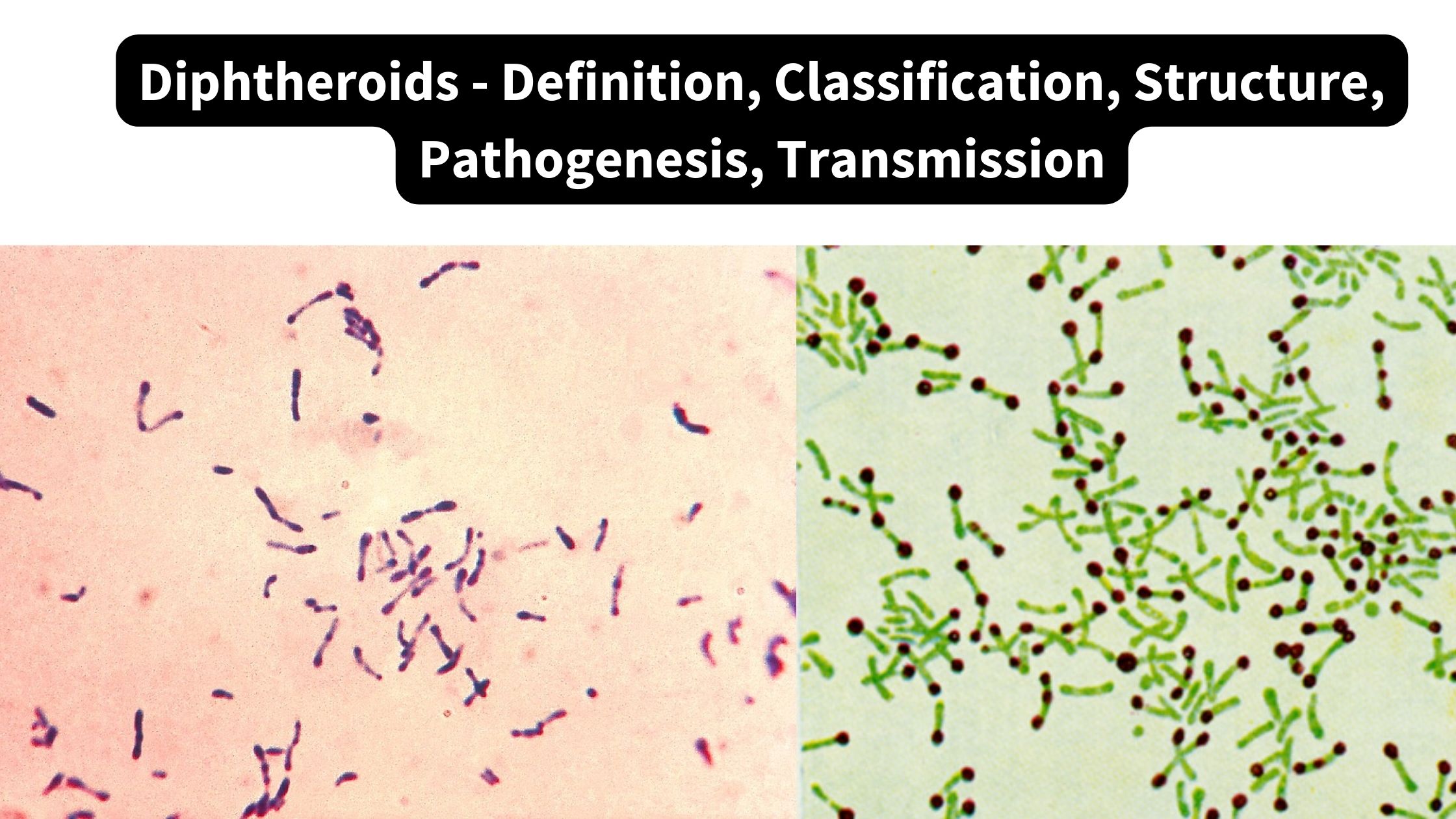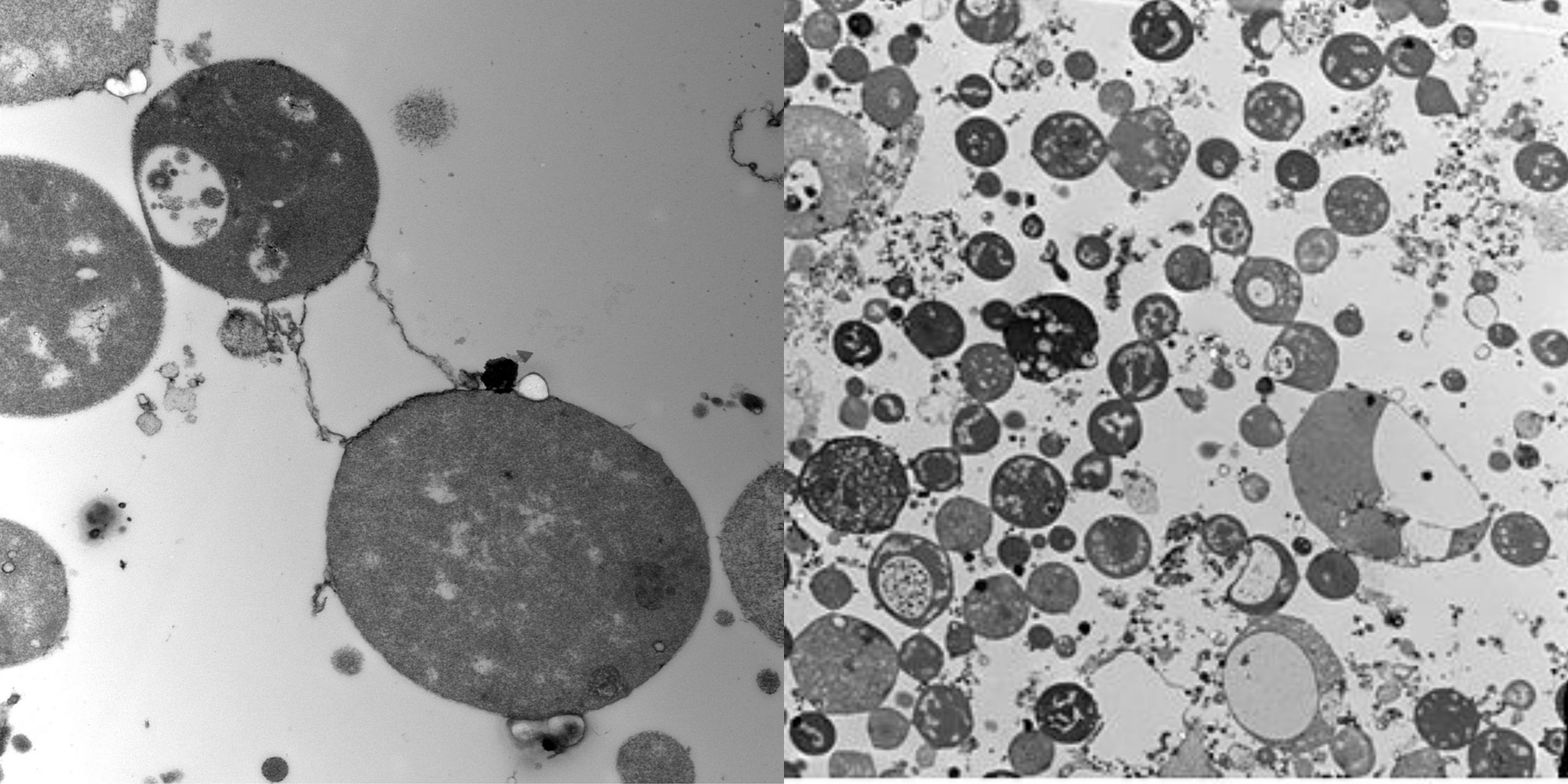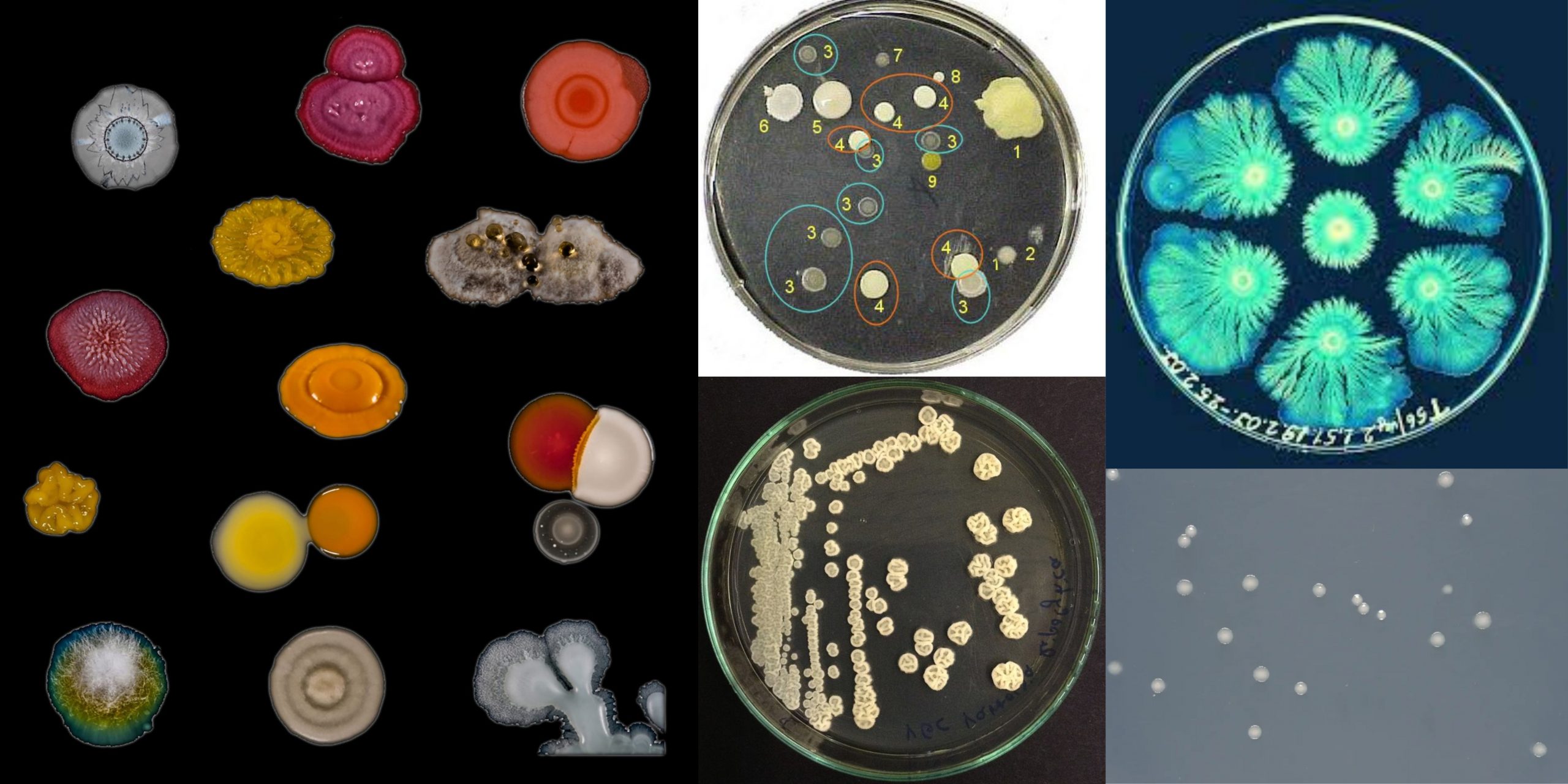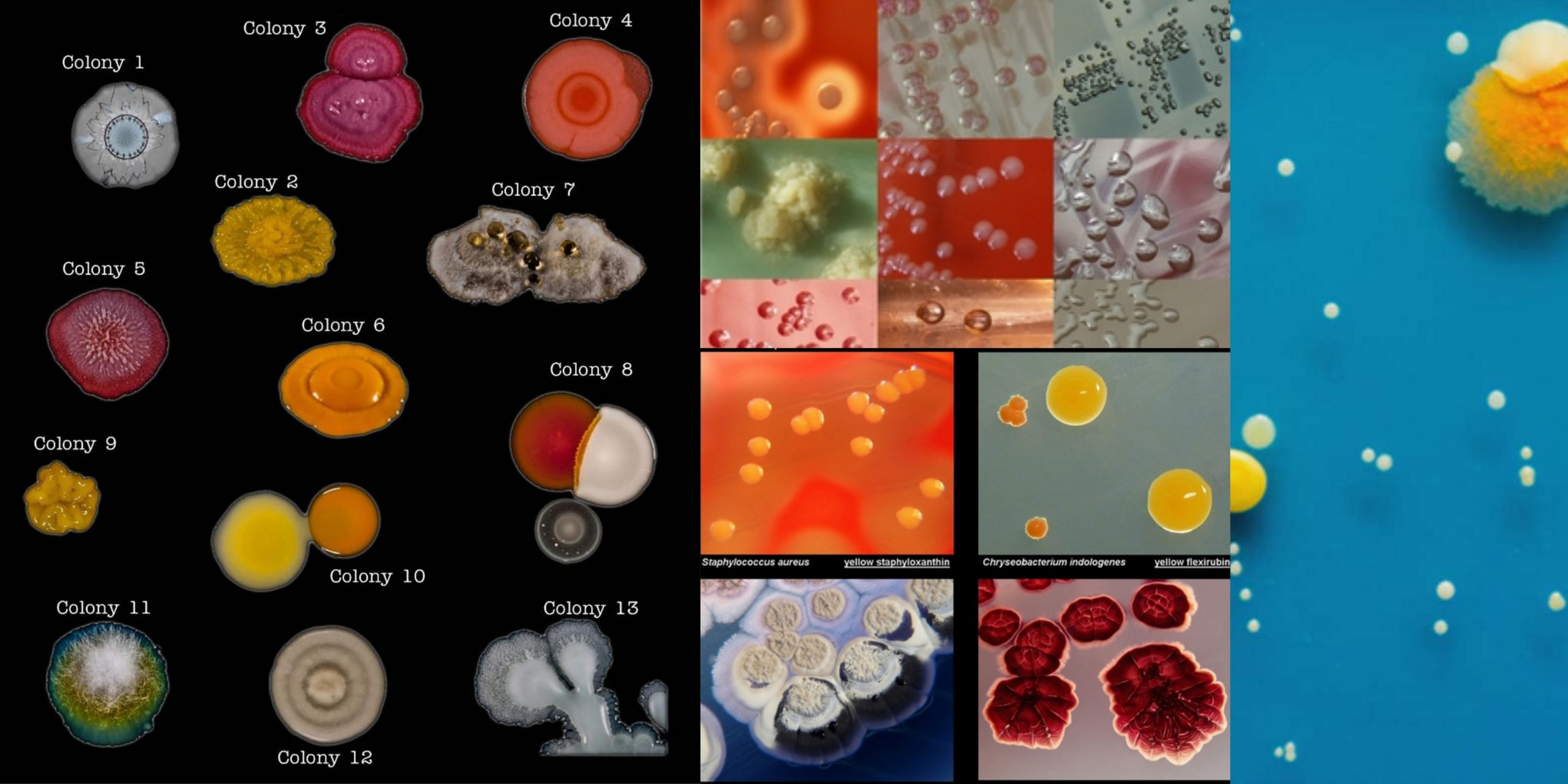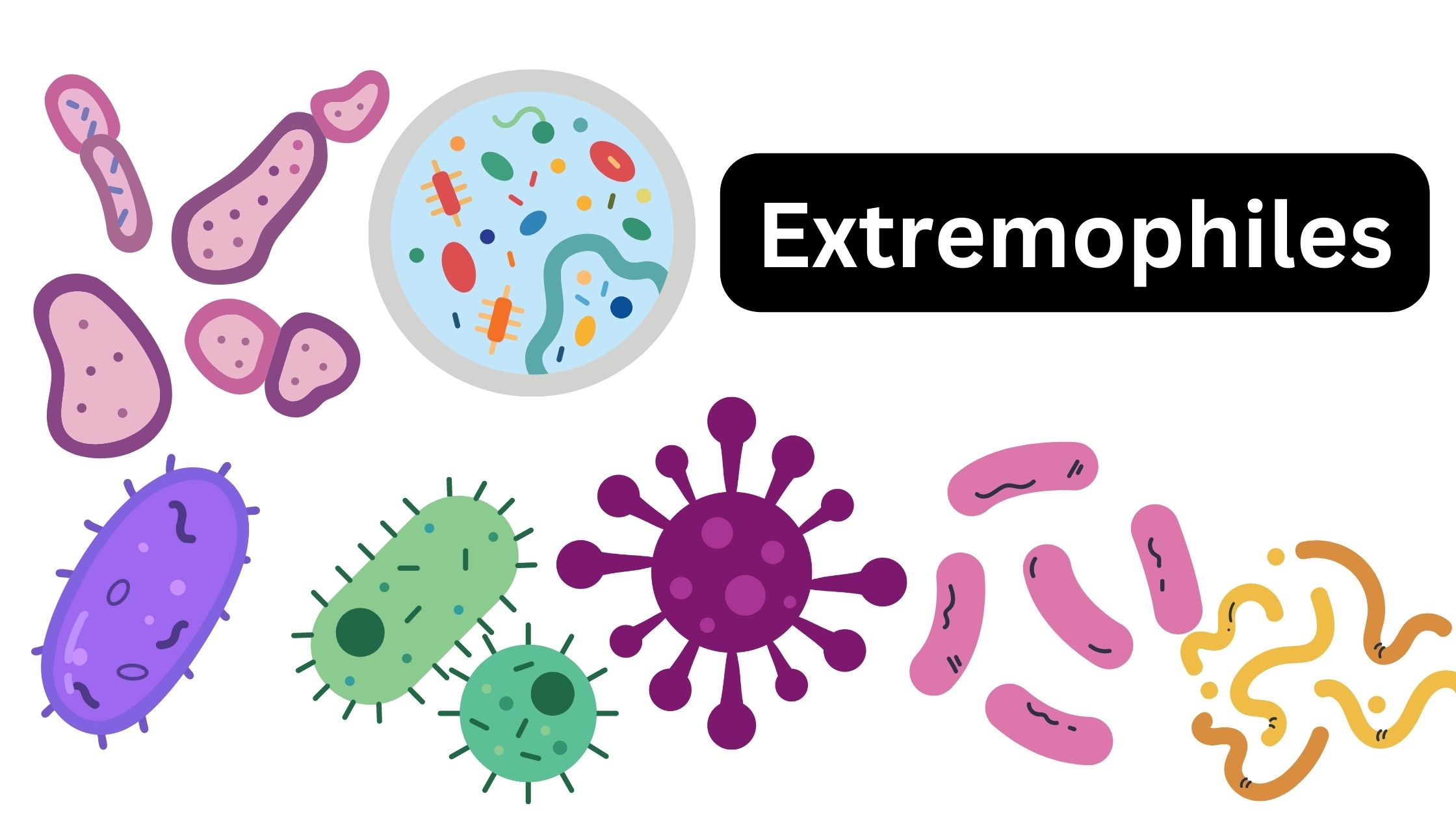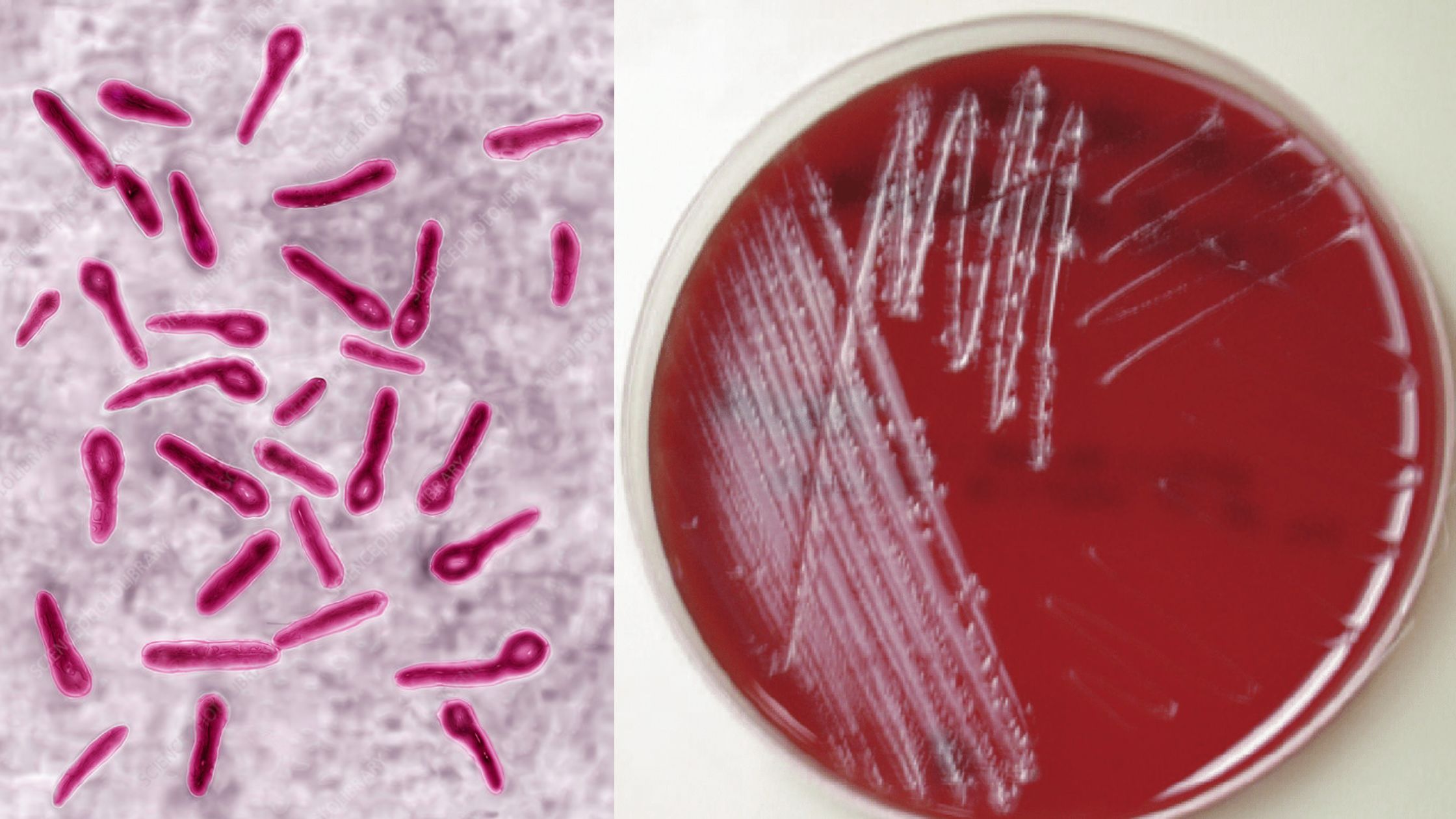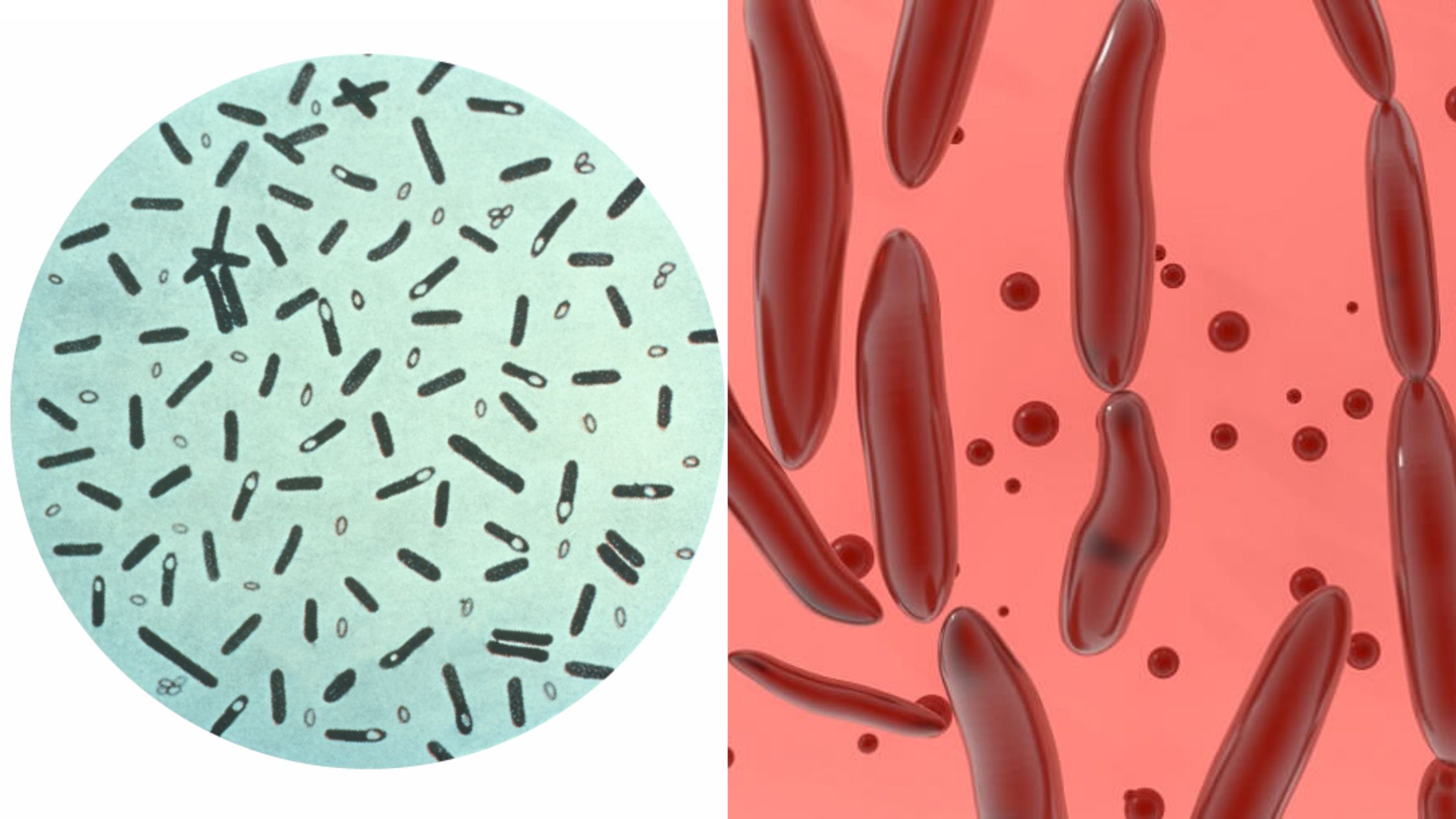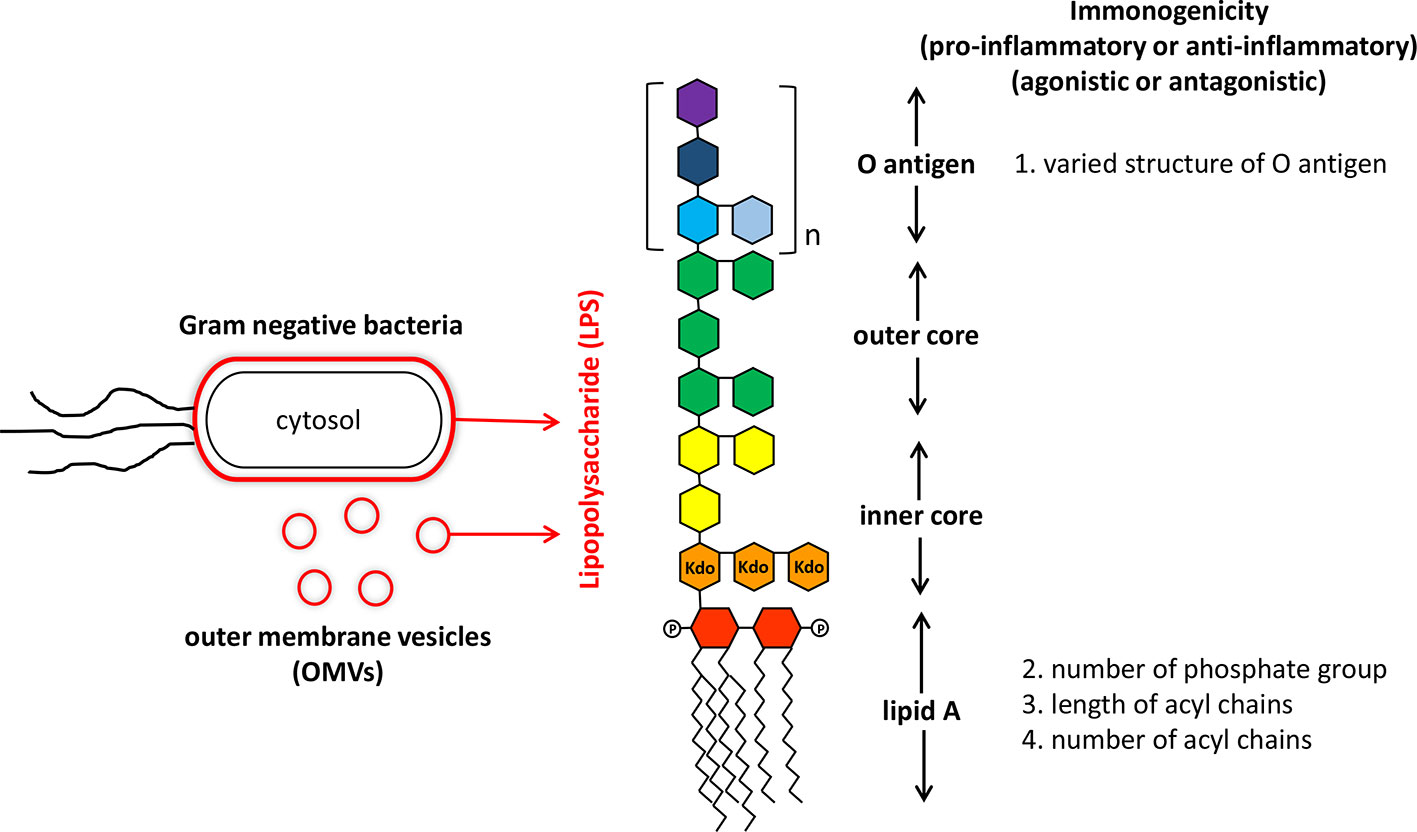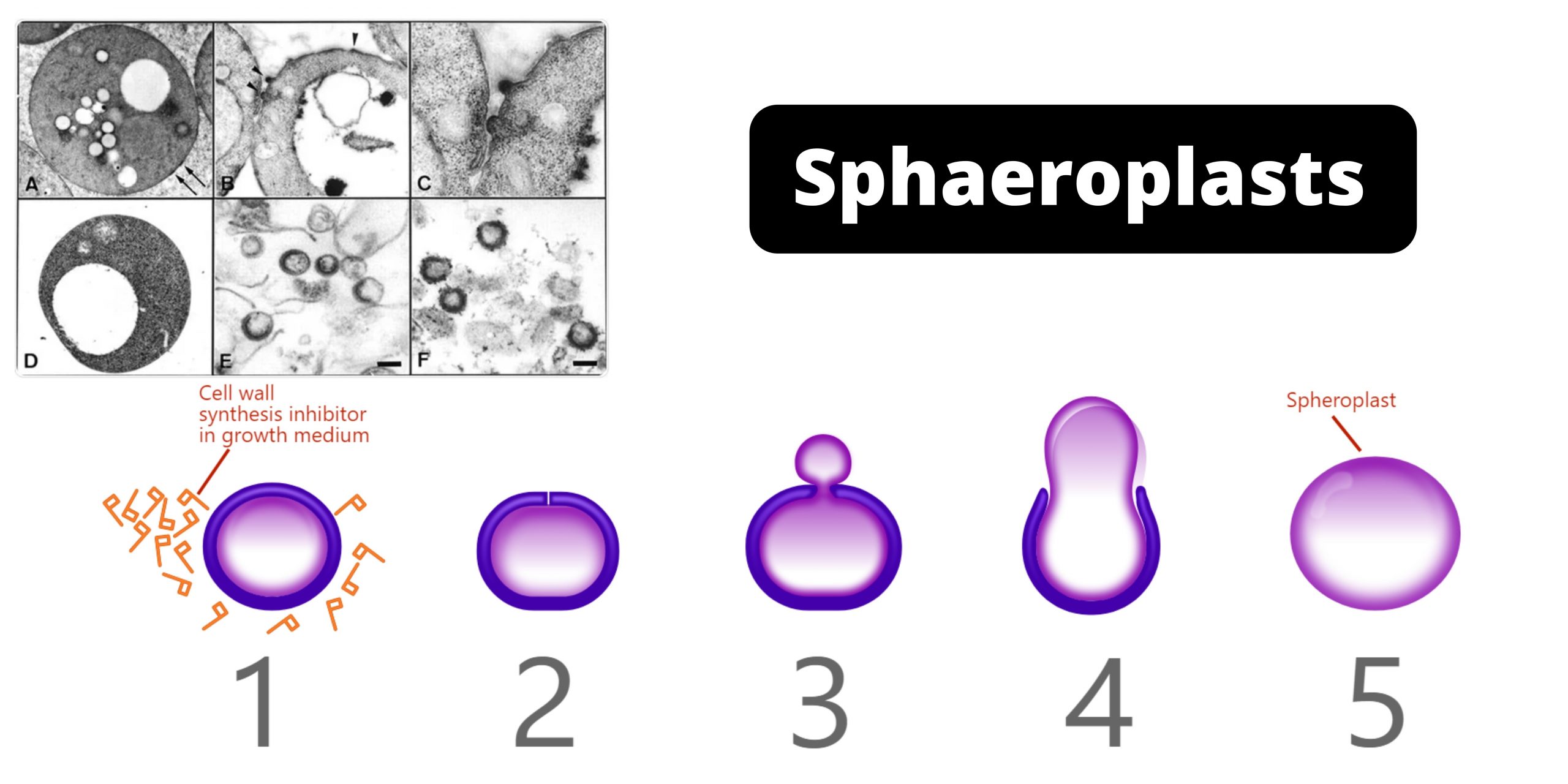Diphtheroids – Definition, Classification, Structure, Pathogenesis, Transmission
Domain: Bacteria Phylum: Actinomycetota Class: Actinomycetia Order: Mycobacteriales Family: Corynebacteriaceae Genus: Corynebacterium Species: C. diphtheriae What is Diphtheroids? (Corynebacterium diphtheriae) Characteristics of Diphtheroids/Corynebacterium diphtheriae The infectious disease known as diphtheria is caused by the bacterium Corynebacterium diphtheriae. Key characteristics of Corynebacterium diphtheriae are as follows: Due to pervasive vaccination programs, diphtheria is now uncommon in many … Read more
